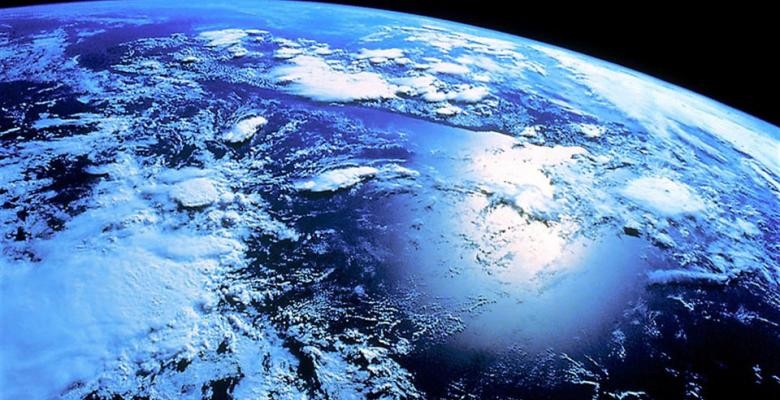From providing expertise on the risks of rising seas to New York’s coastline to shedding light on the mysteries of the universe, Columbians bring hands-on experience to the ways we understand the Earth and space.
The University has long been a leading center in Earth science, astrophysics and climate-related research. Scientists at the Lamont-Doherty Earth Observatory measure polar ice to gauge rising sea levels. Engineering School professors help show how certain gases promote cloud formation. Researchers at the Mailman School of Public Health study the health effects of climate change worldwide.
This convergence of expertise is once again being brought to bear on climate issues in the wake of Typhoon Haiyan in the Philippines, as it was last year when experts across multiple schools and disciplines played an important role in understanding and responding to Hurricane Sandy. Scores of Columbia scholars explained the causes behind the storm in hundreds of media interviews. Columbia professors continue to advise state and local governments on climate adaptation and resilience, making recommendations on preparedness and infrastructure changes to prevent future damage.
In the following stories, we look at several faculty members working across our campuses and around the world: a marine biologist who studies ocean acidity; astrophysicists who gauge the impact of heat from the sun’s corona; paleoclimatologists who study past ocean warming and sea levels and make projections for the future. Their research spans the Earth and space, and their insights help answer the most pressing issues of life on our planet.

